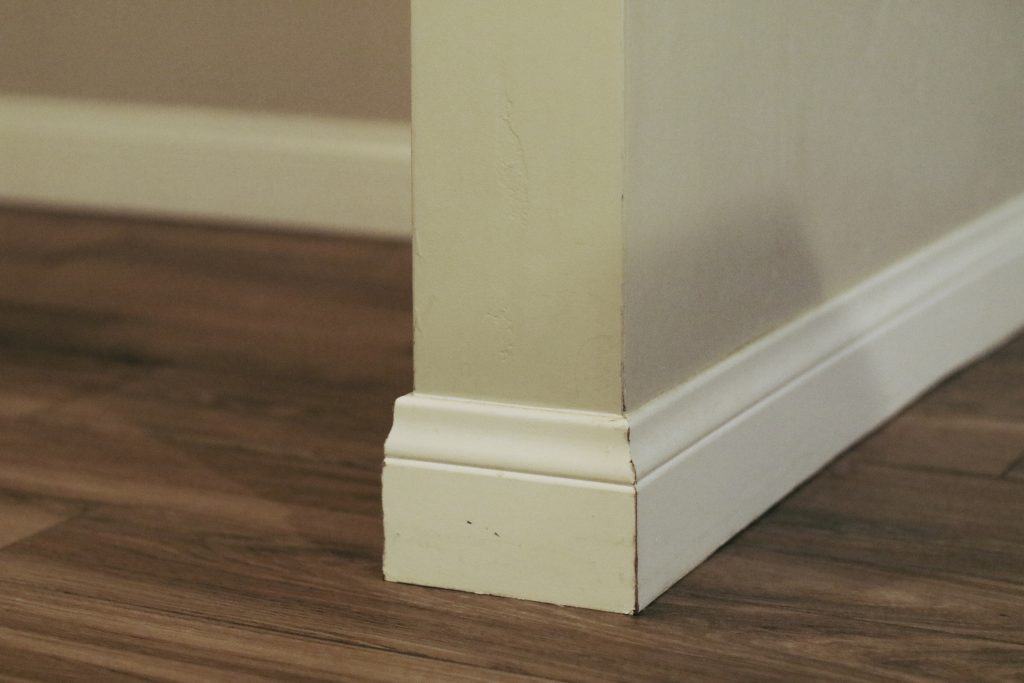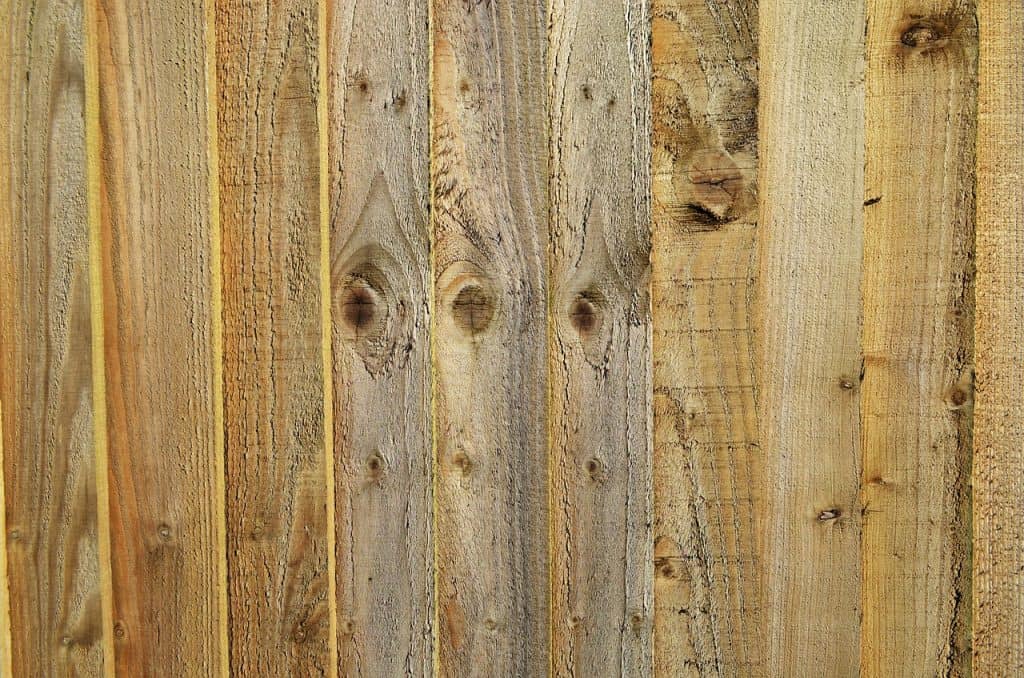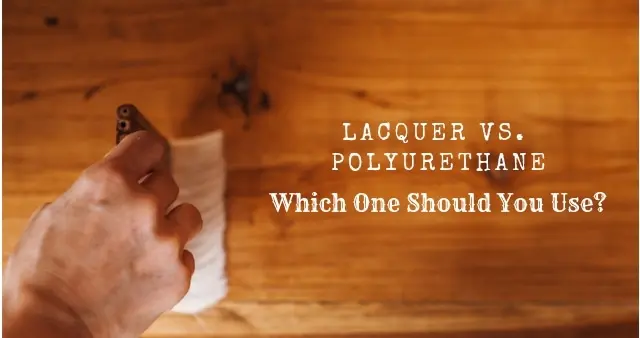Polyurethane is a common protectant to use on wood floors. You can use water and oil-based polyurethane to give your floors a shiny, glossy look.
Polyurethane creates a protective coating that reduces damage like scratches, scuffs, and dents, so your floors don’t show wear and tear signs. It can also help waterproof your foundations, so you’re not worried about spills.
We’re going to look at oil vs water based polyurethane, including similarities, differences, and when to use each type of polyurethane.
Contents
Oil vs Water Based Polyurethane
Although oil vs water based polyurethane are both types of polyurethane, there are many differences between them. Water-based vs oil-based is a big decision to get the best looking floors.
The biggest difference in water-based vs oil-based is the type of solvent used. Water-based is made of water and little chemicals, while oil-based is oil and other chemicals. Let’s look at some other differences.
Color
Water-based finish is clear, so it gives your floors a shiny look that highlights the wood’s color. But water-based poly has a duller shine. Water-based finish stays clear as it ages, although the shine dulls further over time.

On the other hand, oil-based finish has a slight amber color to it. It gives a shinier coating that will yellow over time. But oil-based finish doesn’t lose its luster like water-based finish.
Wood Color Change
For rich-toned wood, a water-based finish will enhance the wood’s grains without altering the color. Water-based polyurethane is ideal for lighter woods, as oil-based will give your grain a yellow tone.
Oil-based finish gives your wood hints of yellow. For wood with a dark stain, you may not notice the amber tint as much as you would with a lighter-toned wood. Oil-based poly darkens over time, giving your wood darker amber hues.
Durability – Drying and Re-Coat Time
Once applied, a water-based PU has a quick drying time. A water-based polyurethane floor coating can dry enough to walk on after four to six hours. You can use additional coats after the bottom layer has dried. You should be able to apply all your layers of water-based PU in one day.
Oil-based polyurethane takes two to three times longer to dry because it goes through a curing process. It can take half a day for one layer to dry before you can apply a second coat. It’s important to sand your surface before applying new layers of an oil-based poly.
VOC’s and Odor
Water-based poly contains less Volatile Organic Compounds (VOC) and contains 30% to 35% solids. Oil-based contain 45% to 50% solids and more chemicals, which retain a strong odor, even after drying.
Water-based poly doesn’t have an odor, making it a preferred choice for coating wood floors. But oil-based polys keep a more pungent smell, which can cause complaints.
Thickness and Hardness
Water polys dry into a harder surface than oil-based polyurethane. But it’s a thinner solution, which means you need to add more layers.
But oil-based poly requires fewer coatings to provide a thick protective layer. It’s a thicker solution but, when dried, has a softer feel to it.
Final Finish Look and Feel
Water-based polys will give your floor a shiny protective coating that retains the wood’s natural colors. When done correctly, water-based polyurethane will not turn yellow with age. Water polys will have a stiffer feel durable enough to resist damage, although it does scratch easier.
Oil-based poly has a softer feel, partially because there are fewer layers. Oil-based polys are more flexible, but they show more dents. Over time, oil-based poly will darken, giving your floors a darker, yellowish tint.

Number of Coats Needed
Water-based poly requires multiple coats, which you can apply in one day. You need two coats of water-based compared to one layer of oil-based. Four coats are ideal, but six is acceptable.
The great thing about oil-based poly is that you only need to use one coat to protect your floors. Although two or three is ideal for high traffic areas.
Number of Coats Available
When it comes to water-based polyurethane, you can apply as many coats as you want without facing any issues.
However, oil-based polys start to scratch and chip – a condition called sheeting – when you have too many layers. Therefore, you’re limited to no more than three layers of this poly.
Compatible Substrates and Adhesion
Both oil-based and water-based polyurethane is versatile enough to work on various surfaces, including cement and stone, non-ferrous metal, fiberglass, carbon fiber, and wood.
Water-based polys have the advantage of being able to apply directly on top of previous water-based layers. However, oil-based polys cannot stick to itself, so you need to sand each layer before applying a new coat.
Application & Equipment
You can apply water-based and oil-based polyurethanes using a brush, soft lint-free cloth, or a spray, depending on the formula.
But water-based polys have a longer pot life, which means you have longer to apply the material before it goes bad. You do need to use caution when applying oil-based polyurethane because it has stronger chemicals that are dangerous.
Installation Considerations
You can apply a water-based poly to your floors while the family and pets are home without any harmful side effects. And you don’t need to wear protective gear.
But most experts recommend removing the family and any pets before starting to lay an oil-based PU. And the person doing the floors should wear a respirator to prevent breathing in the harmful fumes.

Clean Up
To clean up after using oil-based polyurethane, you’ll need to use hydrocarbon cleaning solvents like mineral spirits that can be dangerous to our health. You should wear a respirator during clean-up.
Cleaning up water-based polyurethanes can be done with soap and water. You should never use products that contain ammonia, as these can damage the floor coating.
Safety
If safety is a concern, it’s important to note that oil-based poly is made with hazardous and flammable solvents. It can be dangerous to breathe these chemicals, both during installation and clean up.
Water-based polymers have fewer to no dangerous chemicals, as certified by OSHA. They also have fewer VOCs.
Cost
When it comes to price, water-based polyurethanes cost more to purchase. And since you will need to apply more coats, you will need more products. If the price is the deciding factor on which polyurethane to choose, oil-based is cheaper.
When To Use Oil Based Polyurethane
Oil-based polyurethane has a slight amber color to pull out the honey tones of some flooring and furniture. If you want to give your floors a warmer shade, you may prefer oil-based polyurethanes.
Another time you may want to choose oil-based over water-based is for floors that will see exposure to chemicals. Oil-based polys are more resistant to chemicals than water-based.
When To Use Water-Based Polyurethane
There are some situations where water-based polyurethane is the necessary choice. If your hardwood floors are stained white or gray or have a white-wash stain, you need to use a water-based polyurethane.
Oil-based polyurethanes will cause these wood colors to have a yellow tone that gets worse over time.
Light-colored woods like maple and light oak also need a water-based poly instead of an oil PU. The same is true for yellow-toned hardwoods such as fir, ash, or pine.
